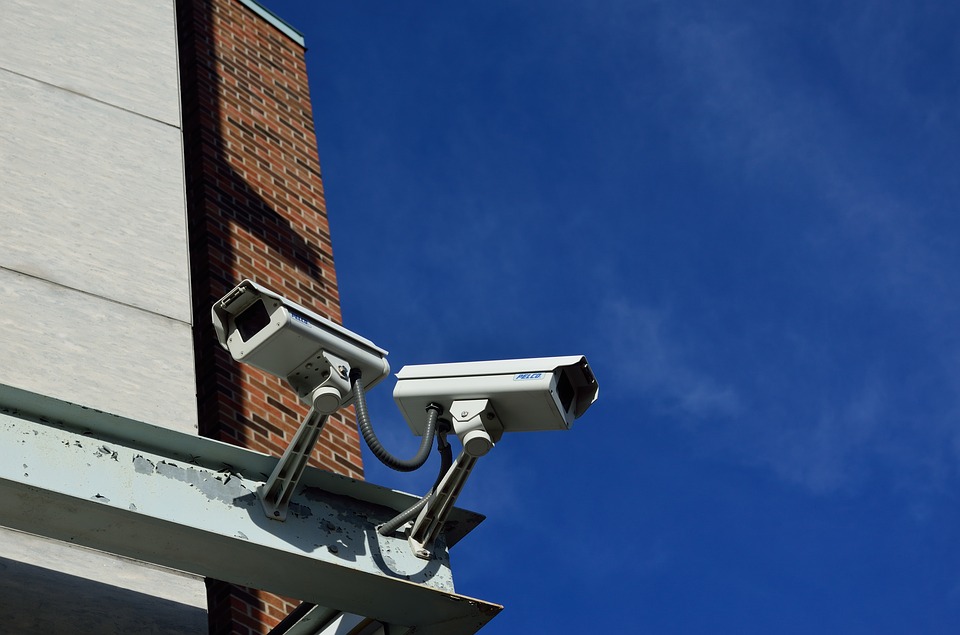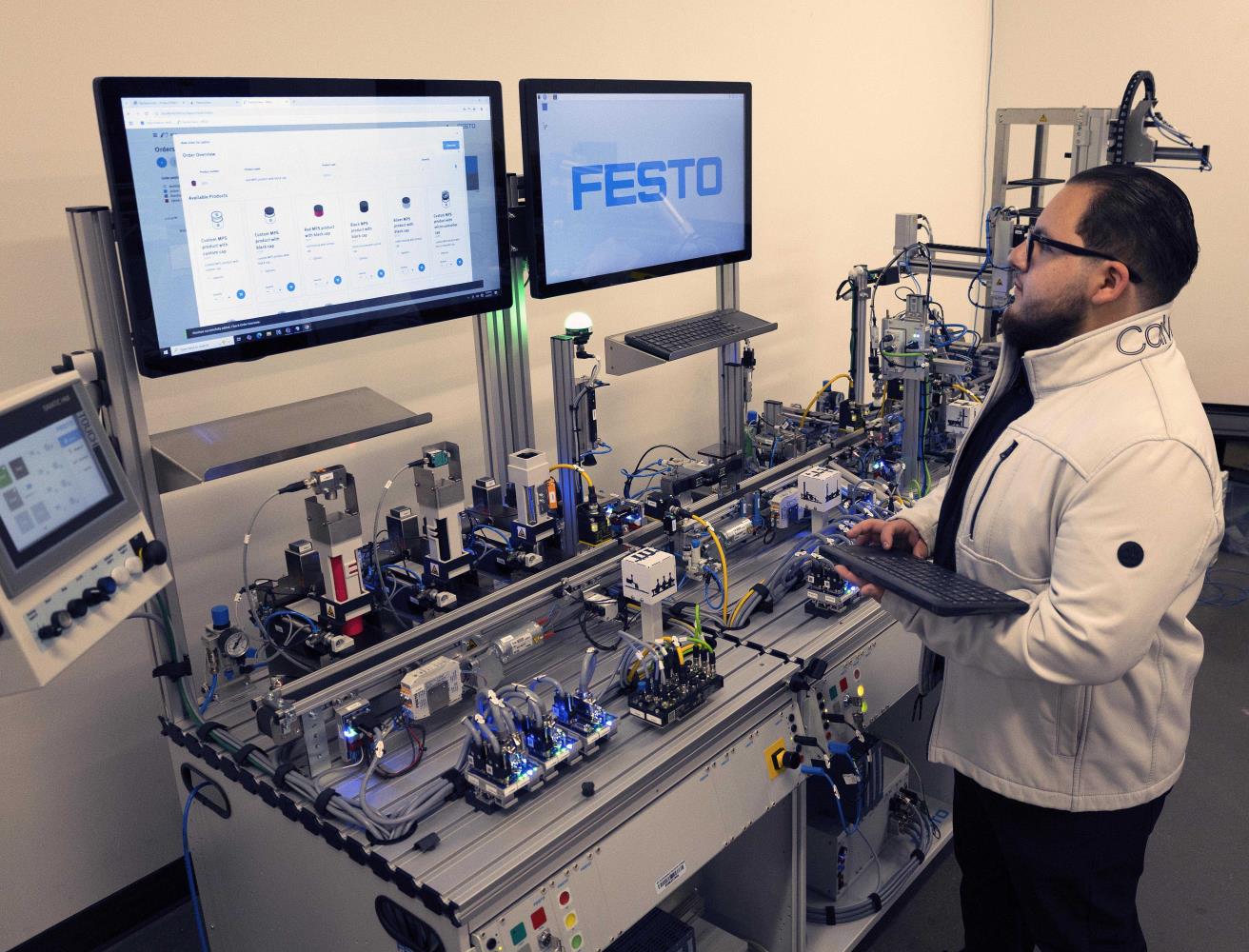Facial Recognition in the Workplace: Supervisors' Concerns and the Future of Employee Monitoring

The Growing Use of Facial Recognition Technology in the Workplace
Facial recognition technology is rapidly evolving and finding its way into various aspects of our lives, and the workplace is no exception. While proponents tout its potential for enhanced security, streamlined processes, and improved efficiency, supervisors are increasingly voicing concerns about its implications for employee privacy, data security, and the overall work environment. This article explores these concerns and looks at the future of facial recognition in employee monitoring.
Supervisors' Key Concerns
The rise of facial recognition in workplaces isn't happening without scrutiny. Supervisors are grappling with several key concerns:
- Privacy Violations: Perhaps the most significant worry is the potential for privacy violations. Constant monitoring and data collection raise questions about the extent to which employers can track employee movements and behaviors. Employees may feel uncomfortable and distrustful if they believe they are constantly being watched.
- Data Security Risks: Facial recognition systems collect and store sensitive biometric data. This data becomes a prime target for hackers and cybercriminals. A data breach could expose employees to identity theft and other malicious activities.
- Bias and Discrimination: Facial recognition algorithms have been shown to exhibit biases based on race, gender, and age. This can lead to discriminatory outcomes in hiring, promotions, and performance evaluations. Ensuring fairness and mitigating bias is a critical challenge.
- Accuracy and Reliability: Facial recognition technology isn't always perfect. False positives and false negatives can occur, leading to inaccurate assessments and potentially unfair consequences for employees.
- Impact on Employee Morale and Productivity: Constant surveillance can create a stressful and demotivating work environment. Employees may feel less trusted and less empowered, which can negatively impact morale and productivity.
Potential Benefits - A Balanced Perspective
Despite the concerns, facial recognition technology does offer potential benefits for employers:
- Enhanced Security: Facial recognition can be used to control access to sensitive areas, verify employee identities, and deter unauthorized individuals from entering the workplace.
- Streamlined Processes: The technology can automate tasks such as time and attendance tracking, access control, and identification verification, saving time and reducing administrative overhead.
- Improved Efficiency: Facial recognition can be integrated with other systems to optimize workflows and enhance operational efficiency.
Navigating the Challenges: Best Practices
To address the concerns and maximize the benefits of facial recognition, supervisors should adopt best practices:
- Transparency and Communication: Clearly communicate with employees about how the technology is being used, what data is being collected, and how it will be protected.
- Data Security Measures: Implement robust data security measures to protect employee biometric data from unauthorized access and breaches.
- Bias Mitigation: Regularly audit and test facial recognition algorithms to identify and mitigate biases.
- Employee Consent: Obtain employee consent before collecting and using their biometric data whenever possible.
- Purpose Limitation: Only use facial recognition data for the specific purposes for which it was collected.
The Future of Facial Recognition in the Workplace
Facial recognition technology is likely to become even more prevalent in the workplace in the future. However, its adoption will depend on addressing the ethical and legal concerns surrounding privacy, data security, and bias. Supervisors who prioritize transparency, employee consent, and responsible data management will be best positioned to harness the benefits of this technology while safeguarding employee rights and fostering a positive work environment. As regulations evolve and technology improves, a balanced approach that considers both the potential benefits and risks will be crucial for navigating the future of employee monitoring.

.png)




